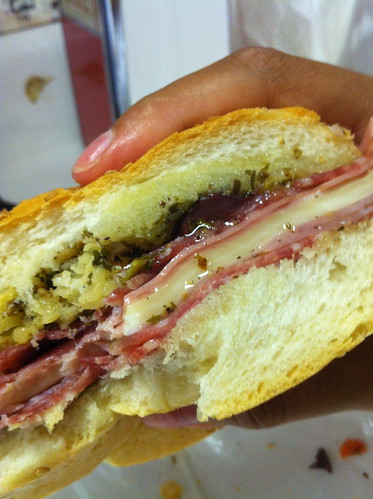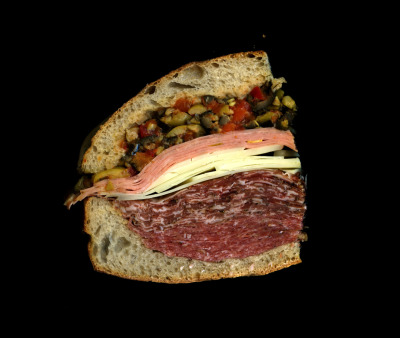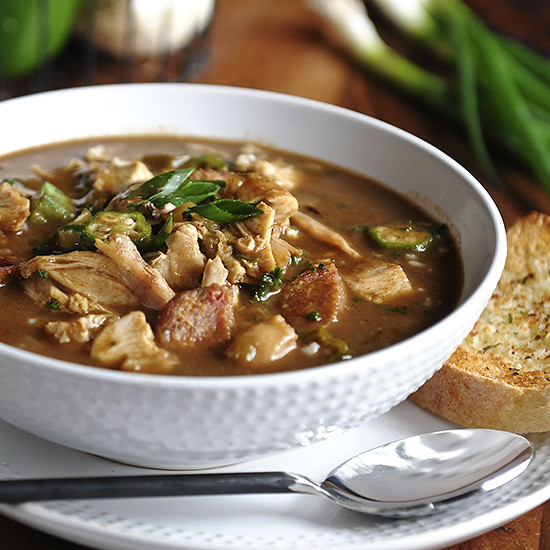While visiting out in Minnesota I came across an interesting periodical. It was titled, edible Twin Cities. Since it was free I picked it up and began reading some of the articles including one about the Women's Environmental Institute: a group of women who are committed to sharing their knowledge and experience in a variety of areas. In a very creative way they are combining social justice with environmental issues. They developed programming to focus on the natural connections between environmental, cultural and food justice, leading the way to provide access to healthy and nutritious food for those experiencing environmental injustice where they live.
Their programming is designed to assist economically and racially diverse people who want to farm culturally appropriate crops and create small local businesses. WEI's list of ideas is longer than the row of beans planted on the group's land at their Amador Hill CSA (Community Supported Agriculture) overlooking the Wild River State Park. They plan to put in more than 160 varieties of fruits and vegetables there this Spring. With the help of farm interns they will fill 125 boxes each week for 18 weeks with certified organic produce.
It is an enthusiastic endeavor headed by Executive Director Karen Clark. But their lofty goals are realistic and through the combined efforts of all their members, interns and volunteers the dreams of WEI will take root and grow.
Here are a couple of recipes they included in the magazine article:
STUFFED ZUCCHINI BLOSSOMS 
8 zucchini squash blossoms For the batter:
For the cheese filling 1/2 cup unbleached all purpose flour
3 oz goat cheese 1/4 cup water
3 oz cream cheese 1/4 cup milk
1/2 tsp red pepper flakes 1 egg
1 clove garlic, minced 1/8 tsp salt
salt & pepper to taste vegetable oil for frying
salt & pepper to taste
Dip the squash blossoms in cold water and drain them thoroughly on paper towels. Remove the stamens from the male blossoms. In a small bowl, mix all filling ingredients with whisk until smooth. Fill each blossom with 2 teaspoons of filling.
In a medium bowl, stir together the flour, water, milk, egg, and salt. Let sit for one hour. Fill a heavy saucepan or skillet with oil to a depth of 2". Heat over medium heat to 375F. Dip a few squash blossoms into batter, covering entire blossom, and drop into the hot oil. Fry until golden brown, about 1 minute, turn over and fry on the other side. Remove with a slotted spoon and drain on paper towels. Repeat with the remaining blossoms, being careful not to overcrowd the pan. Season with salt and pepper and serve immediately.
from Sara Sanders, WEI intern, 2010
CABBAGE YAM PEANUT SOUP
oil for saute 2 large sweet potatoes or yams, cubed (2.5 cups)
4 cloves garlic, diced 4 cups stock (beef or chicken)
1 Tbsp ginger 1/2 cup peanut butter (the real stuff)
cayenne 1 Tbsp soy sauce
1 large onion, diced Garnish: fresh basil and tomatoes, peanuts
1 small cabbage, shredded (2.5 cups)
Heat the oil in a large soup pot. Add garlic, ginger, and cayenne to taste. Add onion and cook for 5 minutes until soft. Add the cabbage and sweet potato and cook for 5 more minutes. Add 3 1/2 cups of the stock. Bring to a boil, cover, and simmer 15 minutes or until vegetables are almost cooked through.
In a separate bowl, take the remaining 1/2 cup stock, mix with the peanut butter until smooth, then add soy sauce. Add peanut/soy mix and simmer 5 more minutes or until all vegetables are tender.
Top with fresh basil, tomatoes, and peanuts and serve with a grainy homemade bread and butter.
from Nancy Hoyt Taff, WEI intern, 2009



































